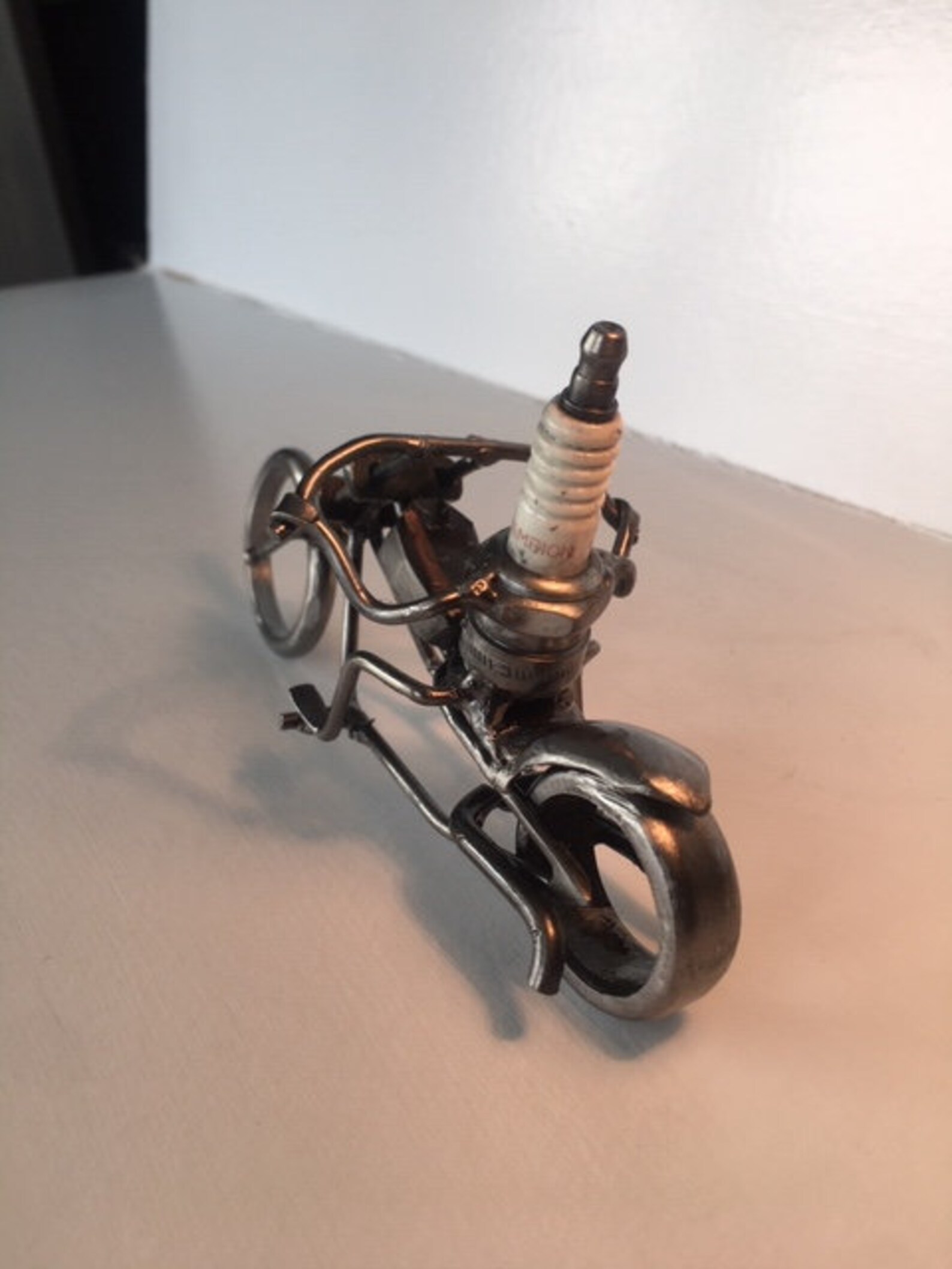

The escorted ladies, who appeared at the Café Procope in its earliest days, soon disappeared.Īt Café Procope: at rear, from left to right: Condorcet, La Harpe, Voltaire (with his arm raised) and Diderot It was a place where gentlemen of fashion might drink coffee, the exotic beverage that had previously been served in taverns, or eat a sorbet, served up in porcelain cups by waiters in exotic " Armenian" garb. Cutò purchased a bath house and had its unique fixtures removed he installed in his new café items now standard in modern European cafés (crystal chandeliers, wall mirrors, marble tables).

At the beginning, it was referred to as an "antre" (cavern or cave) because it was so dark inside, even when there was bright sunshine outside. History Ĭutò relocated his kiosk in 1686 to rue des Fossés-Saint-Germain-des-Prés. Pascal's attempt at such a business in Paris was not successful and he went to London in 1675, leaving the stall to Procopio. Napoleon was known to have frequented the restaurant.Ĭutò first apprenticed under the leadership of an Armenian immigrant named Pascal who had a kiosk ( une loge de la limonade, English: lemonade stand) on rue de Tournon selling refreshments, including lemonade and coffee. It sometimes is called the oldest café of Paris in continuous operation however, the original café closed in 1872 and did not reopen as a café until the 1920s, so the claim of "oldest café in continuous operation" is not entirely true. It was opened in 1686 by the Sicilian chef Procopio Cutò (also known by his Italian name Francesco Procopio dei Coltelli and his French name François Procope) it became a hub of the Parisian artistic and literary community in 18th and 19th centuries. The Café Procope in the Rue de l'Ancienne Comédie is a café in the 6th arrondissement of Paris.


 0 kommentar(er)
0 kommentar(er)
